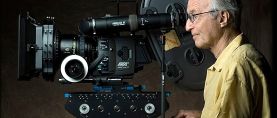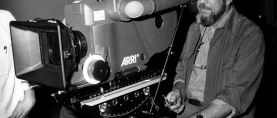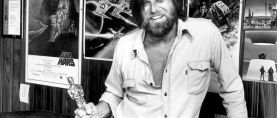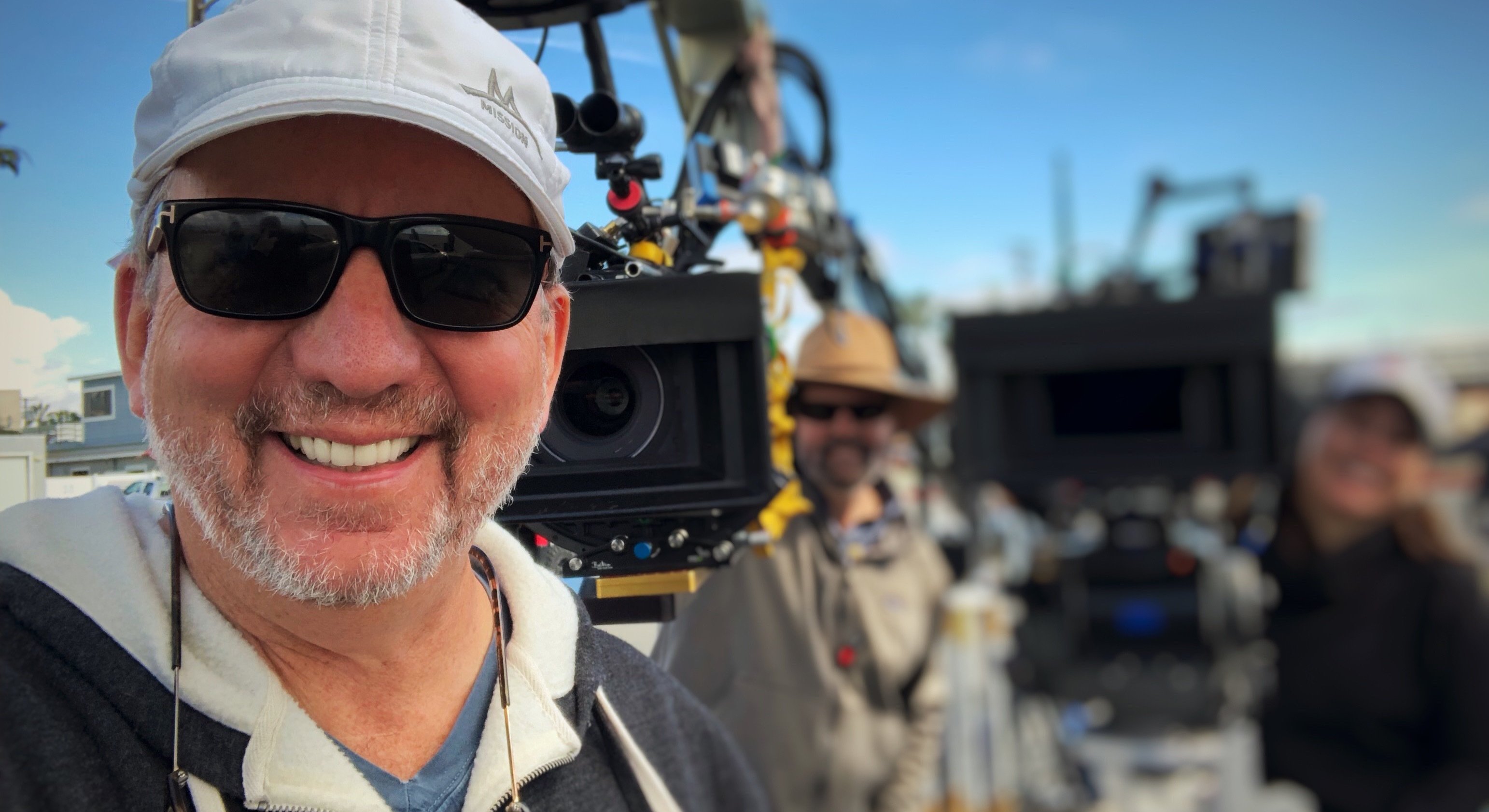
Natural Vision: Jeffrey Jur, ASC
Instincts for naturalism and a love of the craft have led this veteran cinematographer to the Society’s Career Achievement in Television Award.
Instincts for naturalism and a love of the craft have led this veteran cinematographer to the Society’s Career Achievement in Television Award.
Photos by Guy D’Alema; Warren Feldman; Doug Hyun; Frank Masi; Deana Newcomb; Tina Rowden; Suzanne Tenner; Randy Tepper; and Merie Weismiller Wallace, SMPSP. All photos courtesy of the cinematographer.

Jeffrey Jur, ASC, this year’s recipient of the Society’s Career Achievement in Television Award, frequently uses the word “lucky” when assessing his career. But the scope and diversity of his creative output over more than 30 years in the industry bring to mind the old adage about luck: “The harder you work, the more you have of it.”
Currently behind the camera on the popular ABC series How to Get Away With Murder, whose pilot he shot in 2014, Jur has won two competitive ASC Awards, for the HBO series Carnivàle and the Showtime telefilm Last Call (aka Fitzgerald), and two Primetime Emmys, for Carnivàle and the HBO telefilm Bessie (AC June ’15). His television credits also include episodes of the series Flashforward (for which he received another ASC nomination), Dexter, Halt and Catch Fire, and Lodge 49.
“I think filmmaking gave me a voice I didn’t have in my own life at that time.”

Before narrowing his professional focus to television roughly a decade ago, Jur spent many years moving fluidly between television and features, forging creative partnerships with such directors as John Dahl, Henry Bromell and Rodrigo Garcia along the way. Among Jur’s feature credits are the box-office phenomena Dirty Dancing and My Big Fat Greek Wedding, as well as The Big Picture, The Last Seduction, How Stella Got Her Groove Back and You Kill Me.
“There used to be more of a disparity between features and television, and if you were a cinematographer, you’d only be considered for one or the other, but that’s no longer the case, which is great,” says Jur, speaking to AC by phone.
“Initially, shooting television was a bit of a difficult transition for me because I’d always worked closely with directors,” he continues. “On features, it’s usually one director, one vision, whereas episodic television involves a number of directors as well as the studio, the showrunner and the writers, and the cinematographer has to interpret and unify all those visions. When I see consistency in a television show, I’m just blown away because I know how hard that is to achieve.”
A Chicago native, Jur got his first taste of filmmaking in high school and immediately found his focus. He recalls, “We moved out to the suburbs just before my junior year, and I still remember getting the signup sheet for classes at the new school and seeing a film class on the list. I remember thinking, ‘That would be fun.’
“I absolutely loved it,” he continues. “I think filmmaking gave me a voice I didn’t have in my own life at that time. I was making films about personal experiences right away; I was interested in how people interacted with each other.”

“I didn’t want to study films, discuss them, or ruminate about their intellectual side; I felt an urgent need to just make them, and Columbia offered the chance to do that.”
The budding filmmaker also negotiated his first budget after one of his films, a particularly personal piece, caught the school principal’s eye. “I made four Super 8 films that year, and one was about a kid moving to a new neighborhood and dealing with how he thinks the other kids perceive him,” Jur explains. “The principal liked it and asked for a copy to show other kids, and I convinced him the movie could be much better and easier to copy if it were 16mm. He said, ‘Okay, how much do you need?’ I said, ‘$400,’ and he gave it to me. So I went off and redid the film — but I actually needed $800 to finish it, and he gave me the additional money. At 17, I doubled my budget!”
With that film, Jur also won first prize in Columbia College’s student-film competition, which gave him one tuition-free semester in Columbia’s film program. “That determined my direction,” he says. “My ambitions at that point were pretty local, so I had also looked at the Art Institute [of Chicago] and Northwestern [University], but I just wanted to get my hands on the equipment and get going. I didn’t want to study films, discuss them, or ruminate about their intellectual side; I felt an urgent need to just make them, and Columbia offered the chance to do that.”
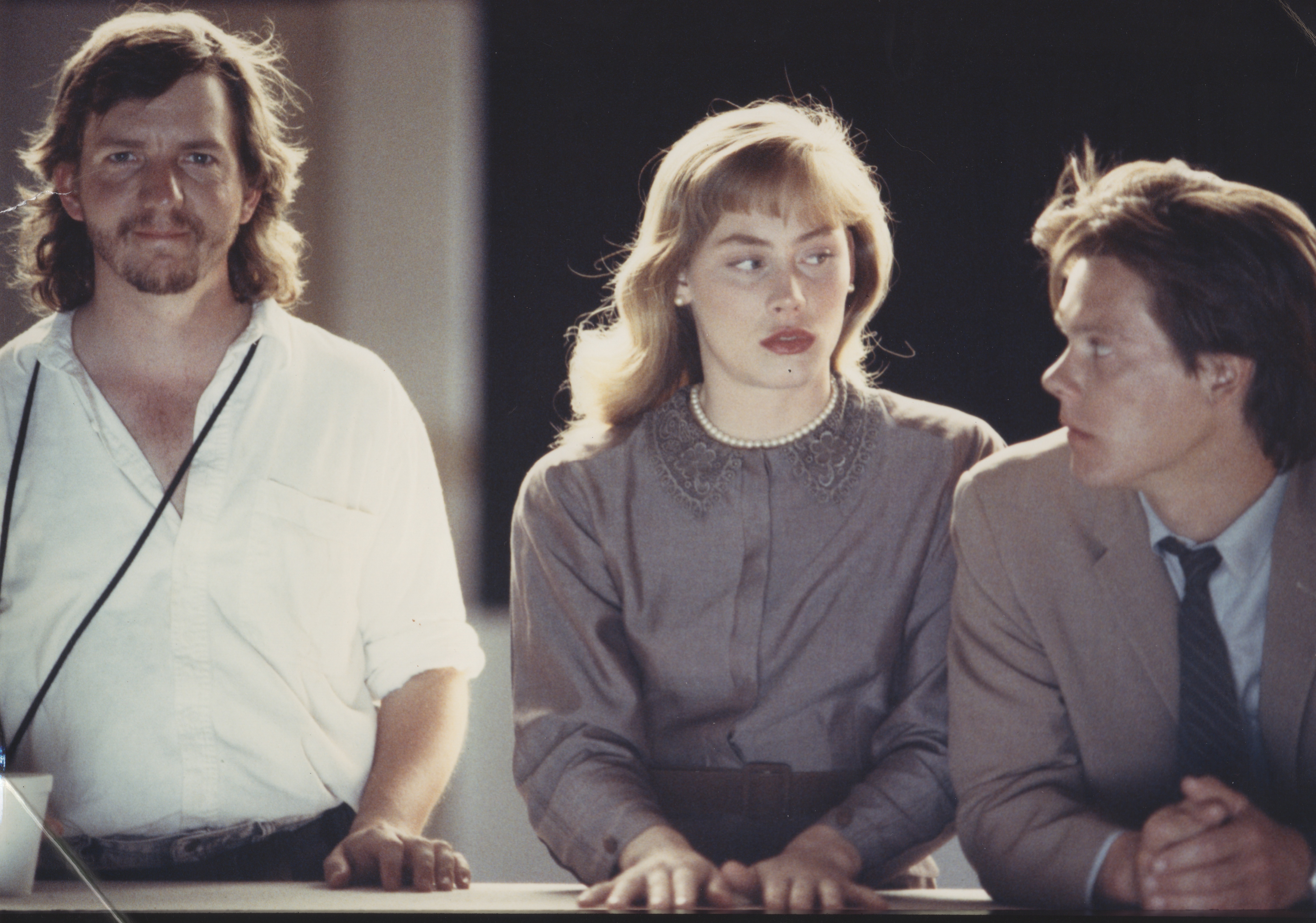
At Columbia — where his mentors included documentary filmmaker Michael Rabiger and English cinematographer Jack Whitehead, BSC — Jur soon discovered cinematography was his vocation. “I was definitely drawn to it, and I was good enough at it that other students were asking me to shoot their films,” he says.
After graduating in 1977, Jur “hit the streets and started begging for work,” and opportunities presented themselves almost immediately. “I was always shooting,” he recalls, “but no one would actually hire me to be the cinematographer because I wasn’t established.” While shooting local films for free, he earned money as a camera assistant on industrials for Sears. Then Hollywood descended on the Windy City and opened a new door. “The Blues Brothers came to town, and that was such a big movie they ran out of union crew and started waiving people in,” says Jur. “It was big money, probably $1,500 a week. At that point, I was making $50 a day as a PA on industrials!
“I was on the pre-rig crew, so, for example, I helped change all the fluorescent tubes in the shopping mall that’s destroyed in that big chase scene,” he continues. “And when the authorities storm City Hall at the end of the movie, I was on the other side of the big metal doors they were pounding on, keeping an eye on some PAR cans. The electricians stuck me there without a radio and said, ‘Keep an eye on these lights and make sure nothing moves. We’ll be back for you in six hours.’ It’s certainly an iconic Chicago movie, and it was fun to be part of it in some small way.”
“I was lucky in Chicago in that eventually, my cinematography work was recognized and I was able to get jobs shooting.”
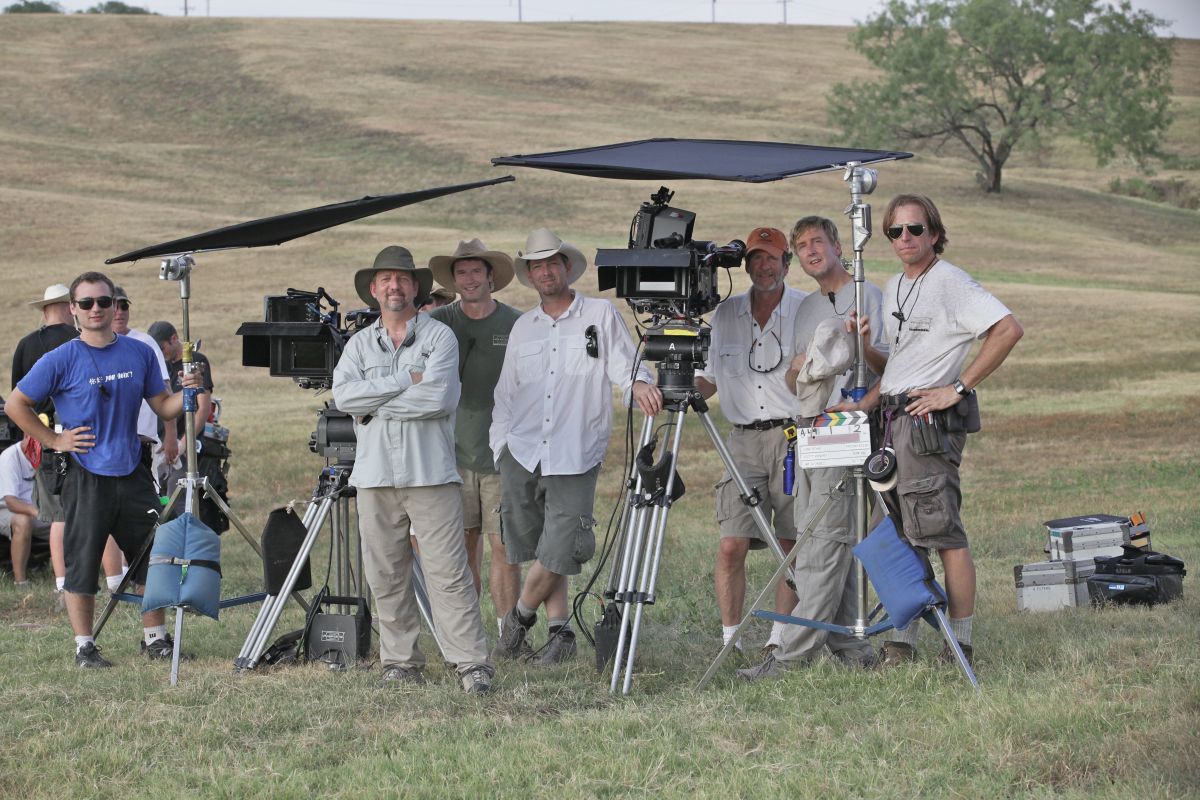
It didn’t take long for Jur to move up. “I was lucky in Chicago in that eventually, my cinematography work was recognized and I was able to get jobs shooting,” he says. “One of those was American Playhouse, the long-running PBS series that gave a lot of cinematographers their starts. A local producer hired me to shoot four projects; some were period, and they all had decent budgets and great actors. That gave me national exposure and proved to be an important bridge from Chicago to Los Angeles.”
On his first trip to L.A., Jur visited Francis Ford Coppola’s Zoetrope Studios, then ensconced in the heart of Hollywood. “A woman there had seen my work and encouraged me to move to L.A.,” recalls the cinematographer. “When I visited, they were shooting One from the Heart, so I got to see Vittorio [Storaro, ASC, AIC] working. The forced-perspective sets were incredible. I was smitten right away.
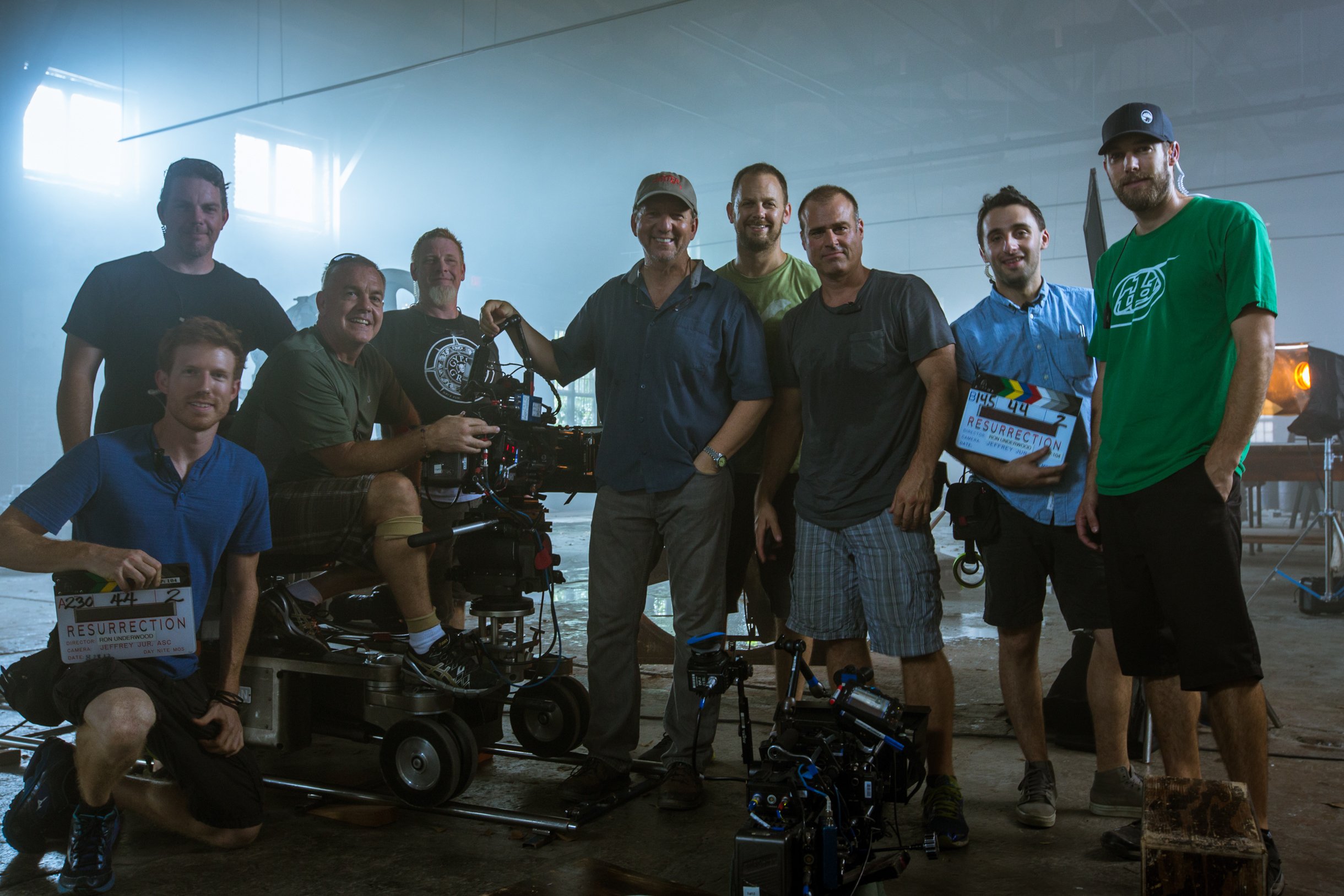
“It was a time of amazing cinematography and great filmmaking in general, and I was watching tons of movies,” he continues. “The naturalistic style of lighting that was replacing the old-school studio lighting was a big influence on me. My goal was to shoot with natural light and make something beautiful. To this day, what Caleb Deschanel [ASC] achieved on The Black Stallion is my ideal. I remember thinking if I could make anything as beautiful as that, I would consider my career complete.”
Jur packed his Toyota Corolla wagon and moved to L.A. in 1984, and when he arrived, he already had a cinematography job in hand. “I was very lucky to have something right away,” he acknowledges. “Before I came out, I had interviewed for a feature that was going to shoot in Arizona, Mark Romanek’s first movie [Static]. I’d met Mark through a Chicago connection, and we hit it off. He was 25; I was 29.”
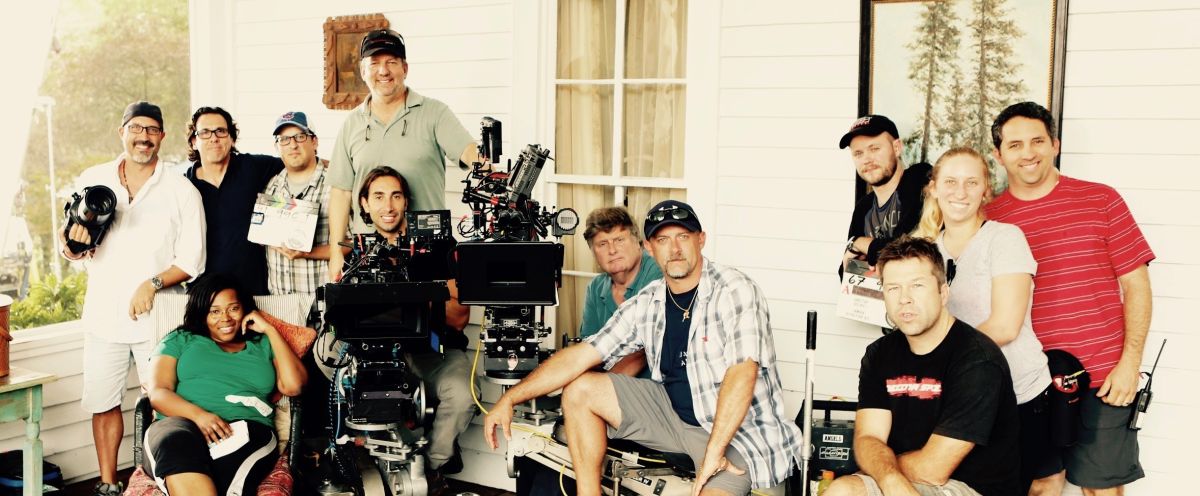
“I was at a point where I felt this was a tough business, and I was wondering if it was possible for a nice guy to succeed in Hollywood.”
Static played at the U.S. Film Festival, the precursor to the Sundance Film Festival, and soon thereafter Jur was contacted by New York-based producer Doro Bachrach, who proved to be another fortuitous connection for the cinematographer. “Doro had feelers out for talent all over the world — she’d hear about sound mixers, gaffers and cameramen, and meet with us to find out more about us,” he says. “We met after she saw my work, and then I didn’t hear from her for a year or two. Then she called me out of the blue and said, ‘I have a movie, and I think you’d be perfect for it.’”
It was Dirty Dancing, about a young woman (Jennifer Grey) who falls in love with her dance instructor (Patrick Swayze) at a Catskills resort in 1963. “I had actually turned it down in favor of a TV miniseries, a dark, family story that I liked quite a bit,” says Jur. “But Doro called and said, ‘You’ve got to do this movie. You should be doing features.’ She was concerned about my career and, of course, she was right. Certainly, everything changed with Dirty Dancing!”
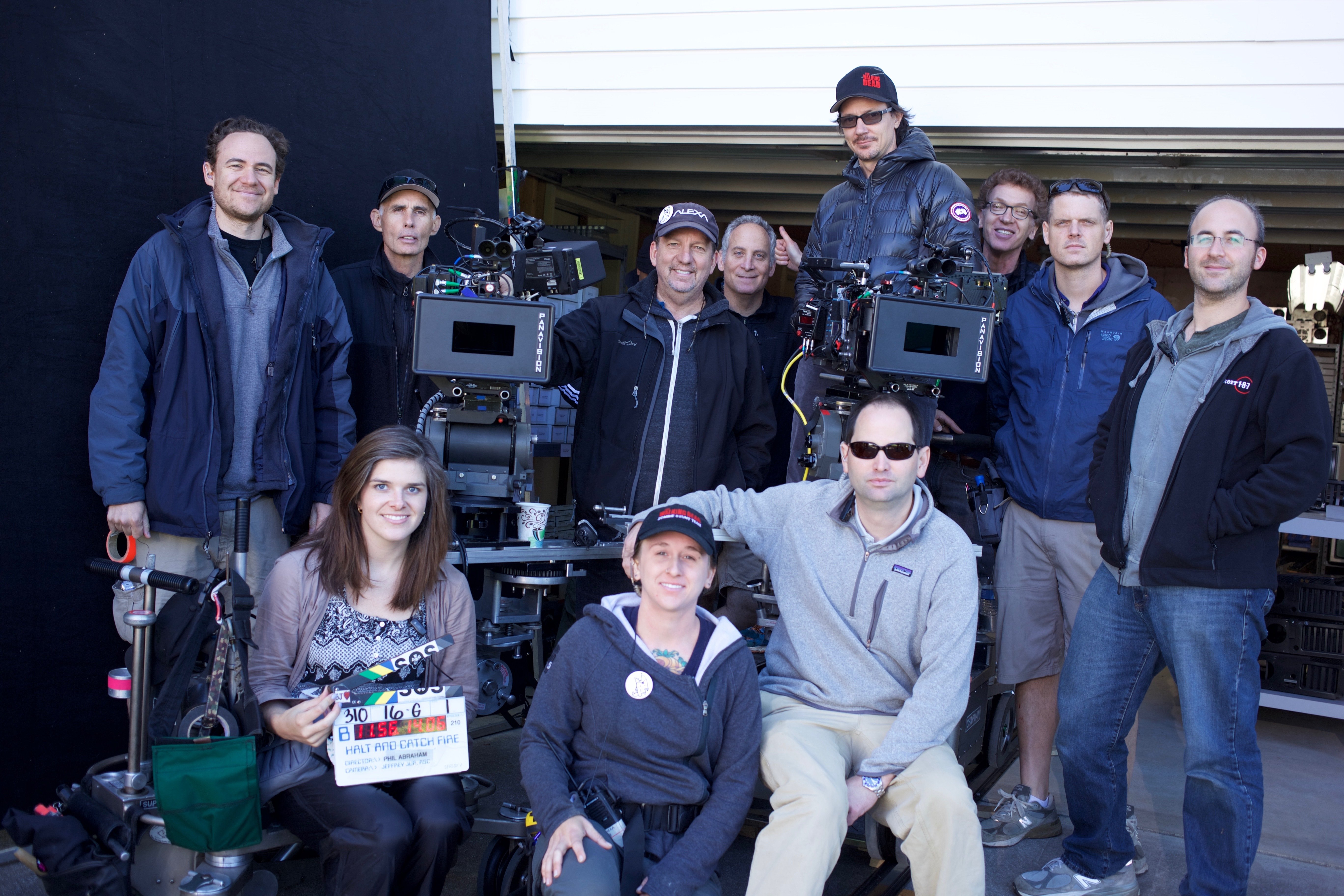
Jur teamed with first-time director Emile Ardolino on the production, a nonunion shoot in North Carolina and Virginia. “Emile was a lovely guy, and he knew dance really well,” recalls the cinematographer. “It was important to him that we see the actors head-to-toe in dance scenes and not use doubles, so the framing was always about that.
“I wanted the look to be natural, something that felt authentic and lovely,” Jur continues. “I’d like to say that’s part of the appeal of the film: It doesn’t feel overwrought or overproduced. Michael Barrow, my gaffer, was much more experienced than I was, and he deserves some of the credit. The show was small; we shot single camera, and I operated. We were lucky to get some great Steadicam operators on the dance numbers, Randy Nolen and Ted Churchill.”
On his next project, the fictional but prescient TV miniseries Terrorist on Trial (aka Hostile Witness), about a terrorist prosecuted for murdering U.S. civilians overseas, Jur hired a camera operator for the first time, sparking a creative collaboration that continues to this day. “Terrorist on Trial was a large-scale production that involved a lot of handheld work and a difficult schedule, and I felt I needed an operator to help me so I could focus on the whole logistics of the show,” says Jur. “I hired Don Devine, who is probably the best operator I’ve worked with to this day — that’s how lucky I am. Don is a brilliant guy who loves a good shot, and he will make your shot better than what you thought was possible. He works out not only what the actors say they will do, but also what they’re more likely to do, and he sets the camera to allow for that. His first take is always spot-on. I’ve been working with him for 30 years now.”

Jur has been collaborating with Dahl for almost that long. “I met John when he was beginning preproduction on The Last Seduction, and I liked him immediately,” says Jur. “I was at a point where I felt this was a tough business, and I was wondering if it was possible for a nice guy to succeed in Hollywood. Meeting John made me realize it was. We’re still friends to this day. He has transitioned to television, as have I, and he was instrumental in bringing me onto Dexter. We just made an ABC pilot together, For Love.”
Of the directors with whom he has collaborated, Jur says the best “have used me the way they would use an actor. They say, ‘This is what the scene is about,’ and let me interpret that technically. They don’t have to tell me where to put the camera or which lens to use, just as they don’t tell an actor how to say a line. The technical choices just fall into place when you know the intent.”
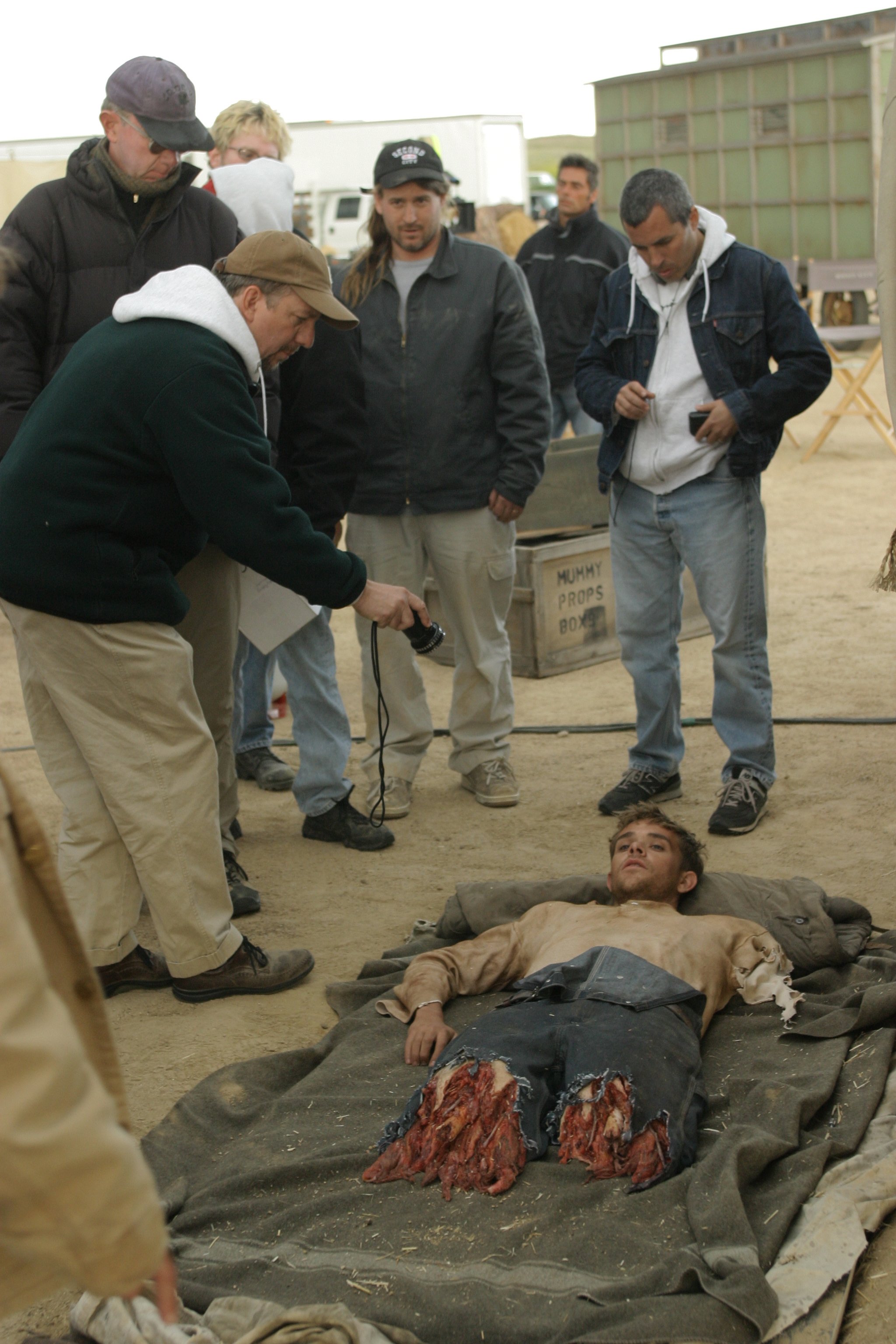
Director/producer Henry Bromell, who died in 2013, was another favorite colleague. “Once in a while you work with someone who just alters everything, and Henry was that person for me,” says Jur. “I met him when we made [the feature] Panic together, and then we went on to make Last Call, and then he brought me onto Carnivàle. I think Last Call and Carnivàle best communicate my aesthetic, my view of the world. On Last Call, I was totally in sync with Henry about the look and had the freedom to do it the way it should be done. And Carnivàle was something I just felt in my veins. I knew how it should look, how it should move, how it should be framed.”
Jur became an ASC member on June 5, 2002, after being proposed for membership by Steven Poster, Russell Carpenter and Shelly Johnson. Poster, a fellow Chicagoan, recalls meeting Jur in their hometown and tracking his progress after both of them moved to L.A. “Eventually, I saw his reel and knew he was ready — and the ASC certainly needed more Chicagoans!” Poster says wryly.
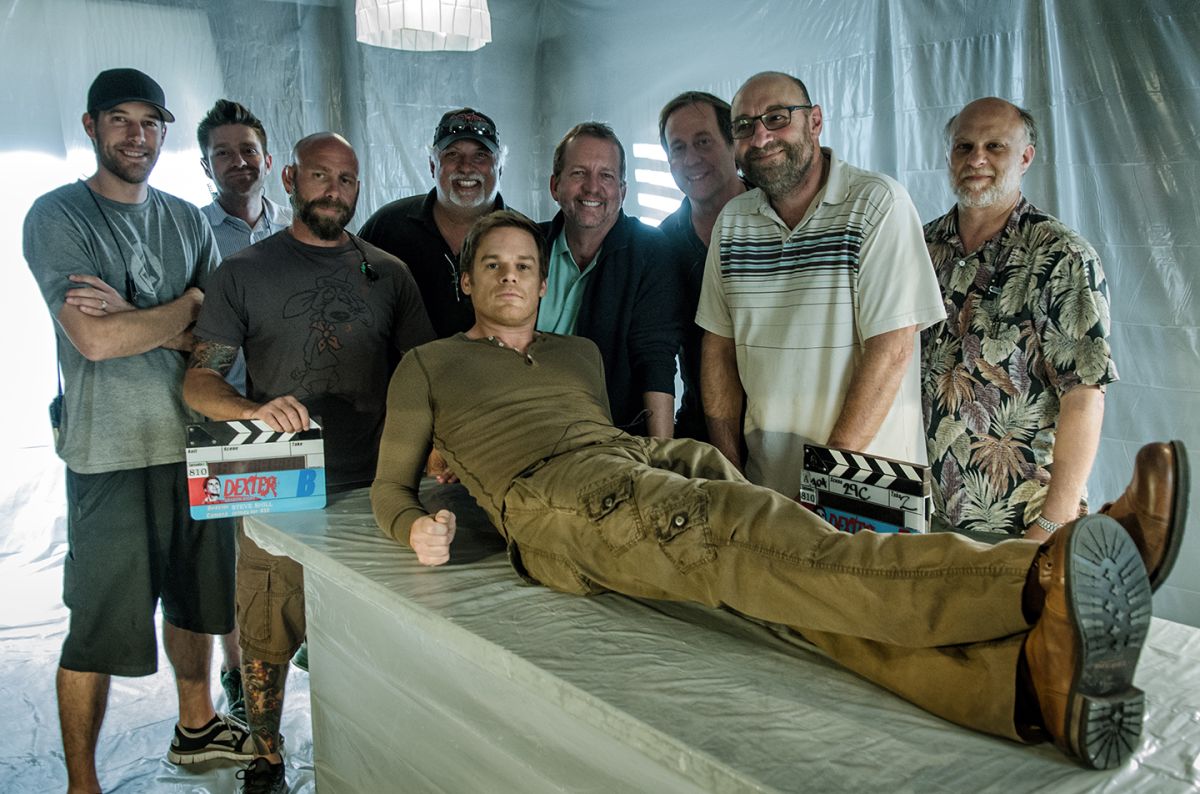
“I get itchy creatively, and I like that television is fast, because I like trusting that first instinct and going with it. I don’t like to overthink the work.”

Jur connected with Carpenter and Johnson through working with Devine. “I was often aware of Shelly’s projects because he’d take Don for a period of time, and I couldn’t get him,” Jur says with a laugh. “I also knew Russ through Don, and Russ hired me to shoot some second unit on Lady in White and a few other projects. Both Shelly and Russ were always very supportive, and I’m grateful for their sponsorship at the ASC.”
Via email, Carpenter comments, “I’ve admired Jeff’s work from the very beginning, when all of us were working in the nonunion trenches in the ’80s and struggling to get any opportunity at all to show our fledgling talents. I just knew he would flourish because of the artistry he brought to every project he took on.”
Of his return to How to Get Away with Murder this season, Jur notes, “I’ve been lucky to have a great relationship with ABC and Shondaland since I shot the pilot for Grey’s Anatomy, and I thought it would be fun to revisit this show now that it’s had five years to evolve. [Series co-cinematographer] Michael Price took over after I shot the pilot, and he has done an amazing job with it.
“I get itchy creatively, and I like that television is fast, because I like trusting that first instinct and going with it. I don’t like to overthink the work. I always say it’s the same game as features, but if features are chess, television is speed chess. You don’t have much time to ponder things.”
Jur has yet to return to his alma mater to teach a cinematography workshop or two, but he says that’s in the cards. “I always seem to be too busy, but I’d love to start doing more of that. For a long time I wasn’t sure I had anything to offer, but when you’ve been around as long as I have, I think it’s important to pass on what you know. So many others have done that for me.”
Jur being presented with the ASC Lifetime Achievement Award by John Dahl:
You'll find our complete coverage on the 33rd Annual ASC Awards for Outstanding Cinematography ceremony here.

